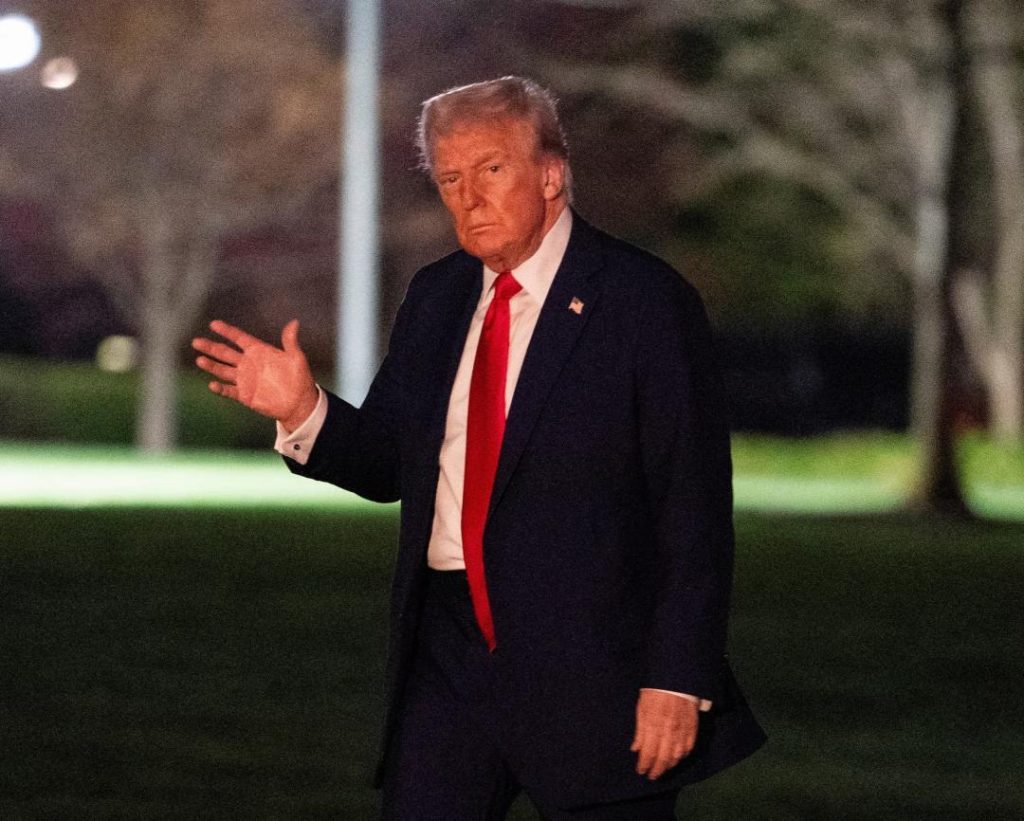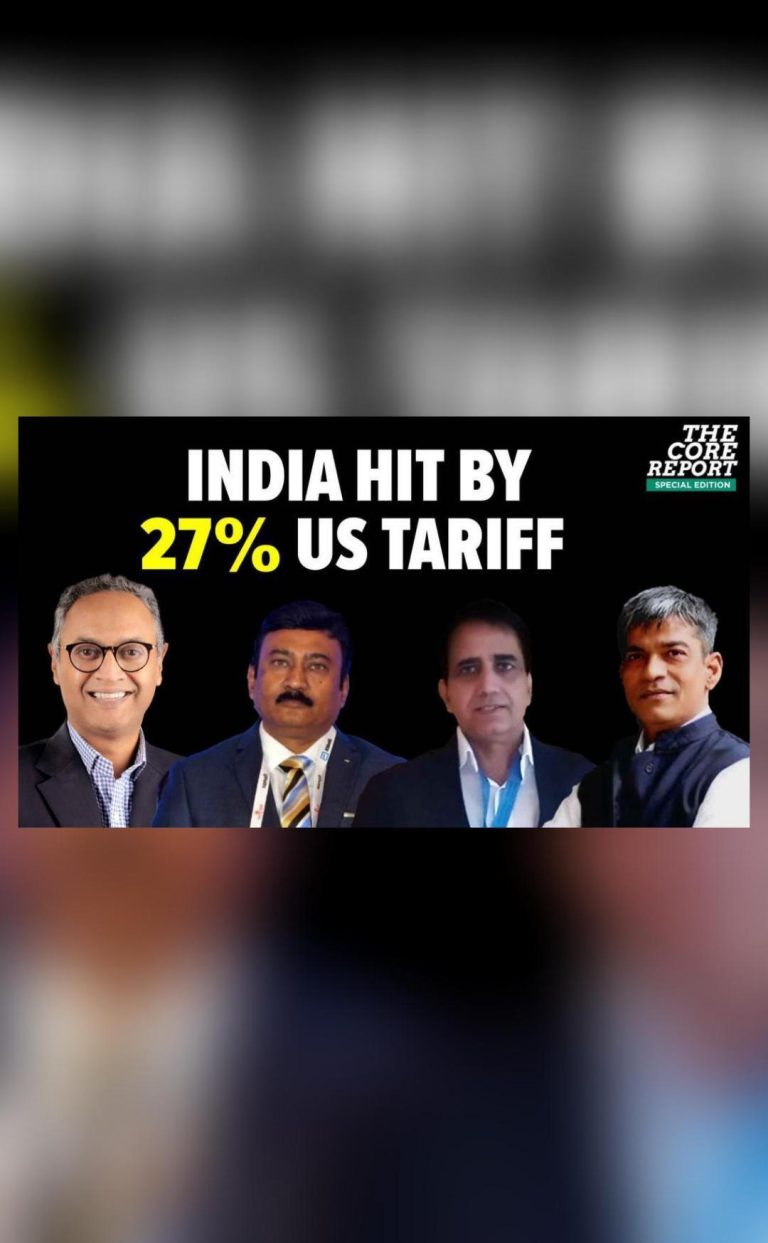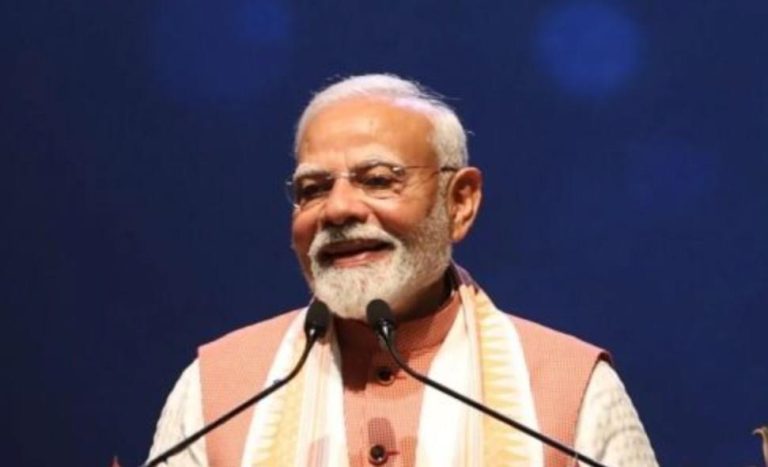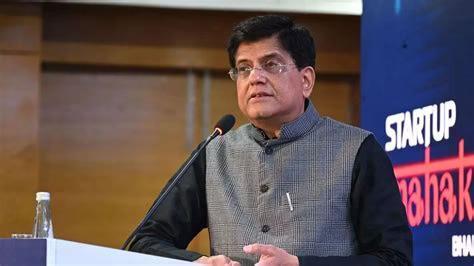
It’s Time for Reciprocity: White House on India Imposing 100% Tariffs on US Goods
In a move that is likely to escalate tensions between the world’s two largest democracies, the White House has announced plans to impose reciprocal tariffs on India, effective from Wednesday. The move comes in response to India’s decision to impose 100% tariffs on US agricultural products, a move that has been widely criticized by the Trump administration.
Speaking at a press briefing, White House Press Secretary Karoline Leavitt said, “It’s time for reciprocity.” She added, “India’s 100% tariff…only adds to pressure.” Leavitt’s statement was seen as a clear indication that the Trump administration is not going to take India’s tariffs lying down and is instead planning to take retaliatory measures.
The move is likely to have significant implications for trade between the two countries, with the US imposing tariffs on a range of Indian goods, including textiles, chemicals, and leather products. The tariffs are expected to be imposed under Section 301 of the US Trade Act, which allows the US to impose tariffs on imported goods in response to unfair trade practices.
The decision to impose tariffs on India is seen as a response to India’s decision to impose higher tariffs on a range of US goods, including agricultural products. The US has been critical of India’s decision, saying that it is protectionist and unfair. The Trump administration has also accused India of not doing enough to open up its markets to US goods and services.
Leavitt’s statement was also seen as a rebuke to India’s decision to impose tariffs on US goods, with the White House saying that it is “time for reciprocity.” The statement was widely seen as a reference to the Trump administration’s long-standing criticism of India’s trade policies, which it has accused of being unfair and protectionist.
The decision to impose tariffs on India is likely to have significant implications for trade between the two countries, with the US and India being two of the largest economies in the world. The tariffs are expected to increase the cost of goods for consumers in both countries and could also lead to job losses and economic instability.
The move is also likely to impact the ongoing trade negotiations between the US and India, which have been stalled for several months. The US and India have been negotiating a trade deal for over a year, but the talks have been hampered by differences over issues such as tariffs and intellectual property.
The decision to impose tariffs on India is also likely to have implications for the global economy, with the US and India being two of the largest economies in the world. The tariffs are expected to increase the cost of goods for consumers around the world and could also lead to economic instability and job losses.
The move is also likely to have implications for the US-China trade war, which has been ongoing for several months. The US and China have been engaged in a trade war since 2018, with the US imposing tariffs on a range of Chinese goods. The decision to impose tariffs on India is likely to increase tensions between the US and China, with Beijing likely to view the move as a sign of US aggression.
In conclusion, the decision to impose tariffs on India is a significant development in the ongoing trade tensions between the two countries. The move is likely to have significant implications for trade between the two countries, with the US and India being two of the largest economies in the world. The tariffs are expected to increase the cost of goods for consumers in both countries and could also lead to job losses and economic instability.






